Volatus Unmanned Services takes considerable pride in introducing our highly acclaimed drone-based lidar scanning data acquisition services, seamlessly integrated with the field of geomatics. As a leading provider of lidar scanning data acquisition and reality capture services, we harness the latest advancements in aerial, terrestrial, and subsurface data collection technology. By leveraging state-of-the-art GIS, 3D modeling, AutoCAD, and lidar software, we deliver intuitive and cost-effective deliverables tailored to your needs.
Our experienced lidar solutions group excels at accurately mapping vast areas, covering up to 1500 acres per day across the United States, Canada, and the Caribbean. Unlocking the potential of large-scale lidar mapping data demands more than off-the-shelf software. Our site-specific data processing and complex post-production techniques ensure the removal of noise and unnecessary artifacts from point cloud models, resulting in high-quality commercial-grade deliverables.
At Volatus Unmanned Services, we understand the power of incorporating expansive lidar datasets into our workflow. With the assistance of our trusted technology providers, we process and analyze these datasets to deliver impactful solutions. Our skilled team of professionals works harmoniously to deliver top-tier results, harnessing the full potential of geomatics, 3D modeling, and point cloud technologies.
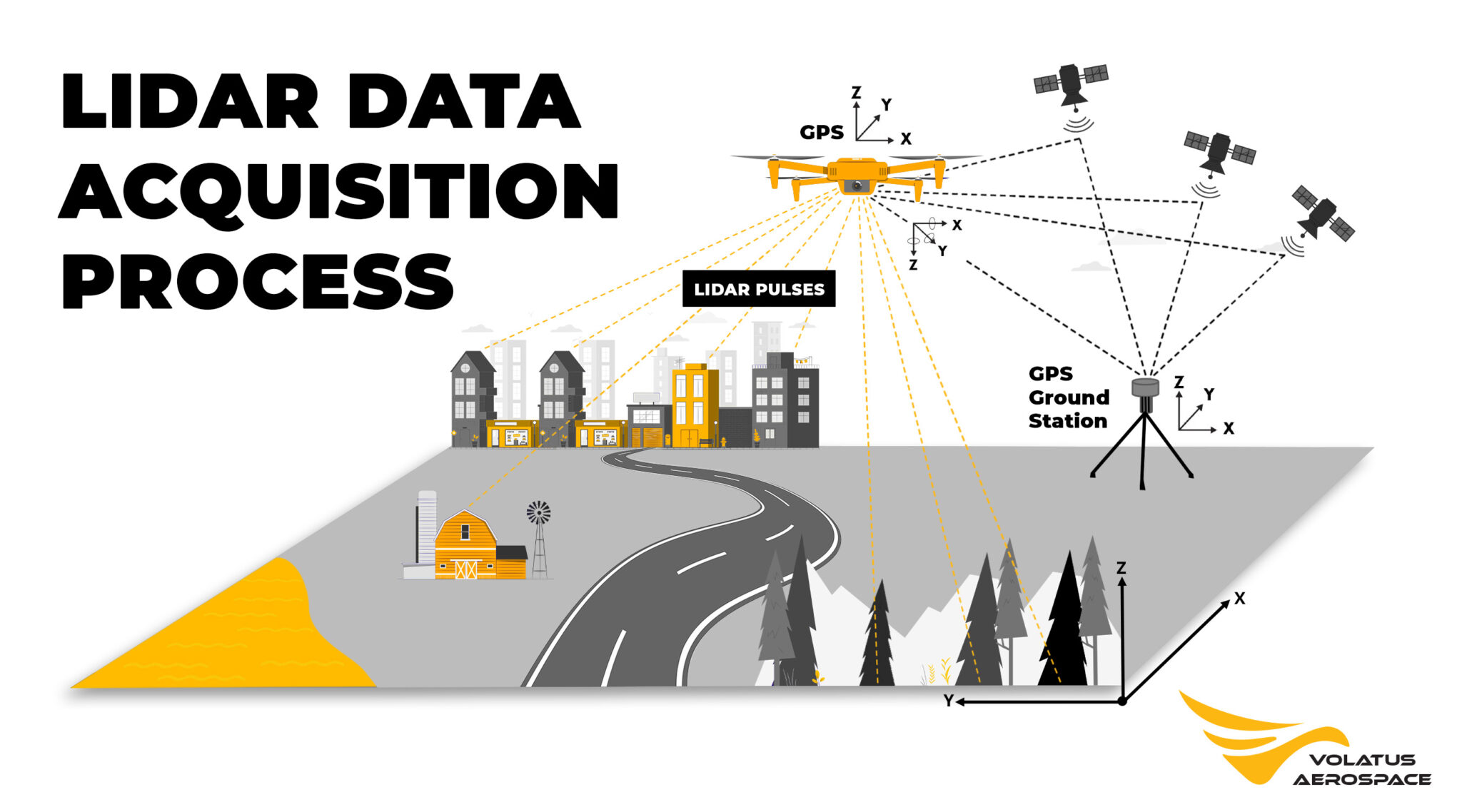
If you’re in the midst of researching lidar drone service companies, you’re likely intrigued by the inner workings of lidar technology and its extensive applications. lidar, an acronym for Light Detection and Ranging, is a cutting-edge remote sensing method that excels in its ability to detect objects in real space with exceptional precision and accuracy.
In the UAV lidar process, a sophisticated drone takes flight, equipped with state-of-the-art lidar sensors. As the drone traverses a designated area, it emits rapid-fire laser pulses onto various surfaces, astonishingly ranging from 100,000 to 3 million pulses per second. The lidar sensor meticulously measures the time taken for these pulses to bounce back, enabling the creation of an intricate and highly precise 3D map of the scanned environment. To augment the accuracy and geospatial context, the lidar data is seamlessly integrated with GPS data and Inertial Measurement Unit (IMU) data. This integration results in a comprehensive digital representation of the surveyed area, meticulously stored in a point file format. This invaluable dataset becomes an indispensable resource for professional engineers and surveyors, empowering them to generate an extensive range of deliverables tailored to their clients’ unique requirements.
Delving into the complexities and technical nuances of lidar technology illuminates the vast potential and myriad applications of lidar drone services. By harnessing the remarkable capabilities of lidar, professionals in engineering and surveying domains can propel their projects to new heights, offering clients unrivaled precision, accuracy, and actionable insights.
Lidar technology offers an unparalleled capability with 3D modeling. Unlike photogrammetry, which requires a process of stitching together individual images, lidar utilizes laser light pulses that can penetrate complex and intricate spaces of foliage or other obstructions. This creates levels of detail unattainable through traditional means. Post-processing aids in the classification of data points based on what reflects back; these classification categories include bare earth/ground, top canopy coverage, and water. With its advanced capabilities, lidar is invaluable across various industries for numerous applications ranging from urban planning to forestry conservation efforts!

Using lidar, it’s now possible to map forests in remarkable detail. Capturing the terrain and vegetation down to centimeter level of accuracy, these three-dimensional point cloud models can provide invaluable information that contributes towards sophisticated analysis. When combined with other sources, this data means foresters are better equipped than ever to understand their environment.
Lidar is one of the core strengths and abilities of Volatus Unmanned Services and we combine aerial lidar (sensors mounted to drones or small aircraft) with handheld and mobile SLAM (Simultaneous Localization and Mapping) lidar to provide unparalleled point cloud density and data extraction. Using our lidar data, we can determine tree densities, stocking levels, expected yield of a given area, and perform regression analyses.
Our clients get an immersive experience with our virtual walk-thru of the scanned area, taking them on a digital journey to discover what lies beneath.
Lidar plays a pivotal role in civil engineering and construction projects, providing accurate surveying and mapping of land, buildings, and infrastructure. By swiftly generating precise 3D models, lidar technology reduces surveying time and costs, while supplying crucial data for efficient site planning and design.
Mining and mineral exploration companies benefit greatly from lidar's capabilities. With its ability to accurately map topography, identify geological features, and determine the location and volume of mineral deposits, lidar assists in optimizing mining operations, leading to enhanced extraction processes and cost-effectiveness.
The agricultural industry increasingly relies on lidar for monitoring crop health and maximizing yields. By providing comprehensive data on crop height, density, and structure, Lidar empowers farmers to make informed decisions regarding irrigation, fertilization, and harvesting, resulting in improved productivity and resource management.
Lidar plays a vital role in forestry and land management applications, facilitating precise measurements of forest inventory, monitoring forest health, and aiding in restoration efforts. By delivering accurate data on forest structure, topography, and vegetation density, lidar guides land managers in making informed decisions pertaining to resource management and conservation.
Lidar proves invaluable to archaeologists and cultural heritage experts, enabling the creation of highly detailed 3D models of archaeological sites and landscapes. This advanced technology unveils important insights into the past, aiding in the identification of previously unknown sites and contributing to the preservation of cultural heritage.
Lidar finds extensive usage in geology and earth sciences, facilitating precise mapping of terrain, geological features, and topography. By providing accurate information on geological formations and land features, lidar empowers scientists to make informed decisions related to resource management, conservation efforts, and effective disaster response.
Lidar is increasingly employed for environmental monitoring and conservation purposes. By providing accurate data on vegetation density, land use, and ecosystem health, lidar assists conservationists in identifying areas requiring restoration and formulating strategies for the protection of natural resources.
Lidar technology is essential in architecture and heritage preservation, allowing for the accurate measurement and documentation of historic buildings and monuments. By capturing detailed information on architectural features, building materials, and structural integrity, lidar aids experts in planning restoration and preservation endeavors, safeguarding architectural heritage.
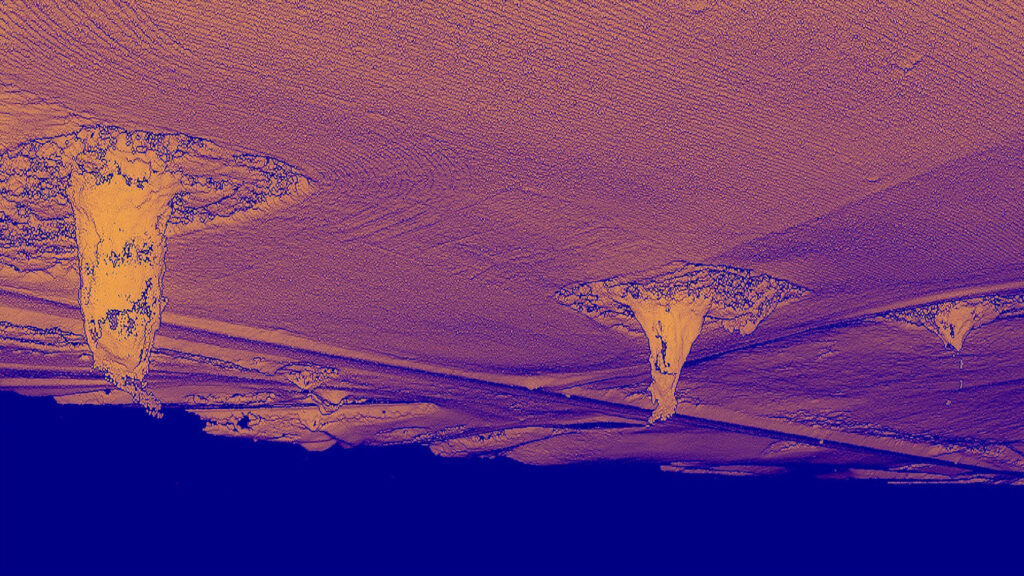
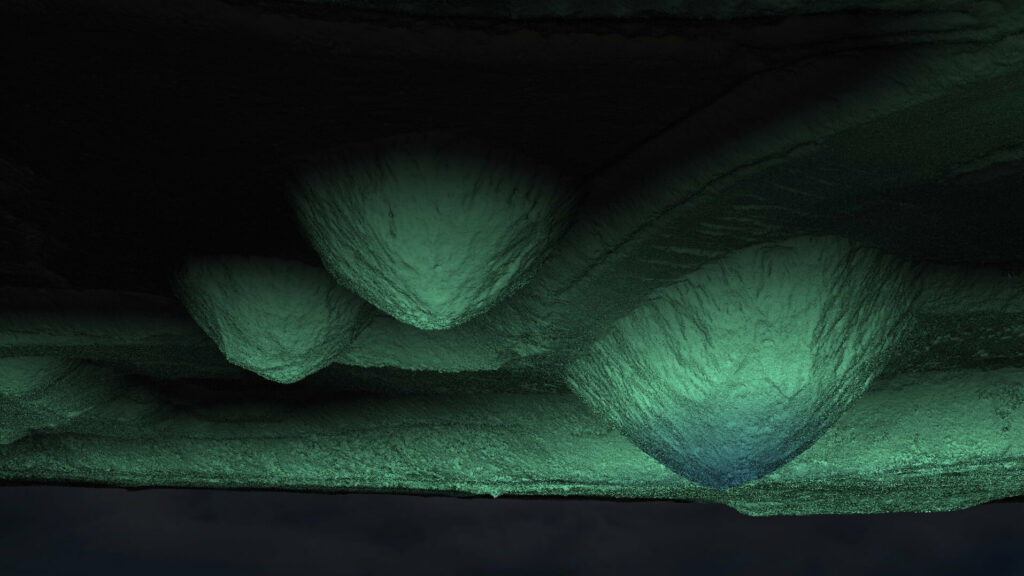
Lidar is an active remote sensing technology used to measure distances and geospatial data with great precision. This technology provides horizontal and vertical information at high spatial resolution and vertical accuracy, offering opportunities for enhanced forest monitoring, management, and planning.
Lidar provides invaluable information when doing research for forestry and geoscience-related projects, including:
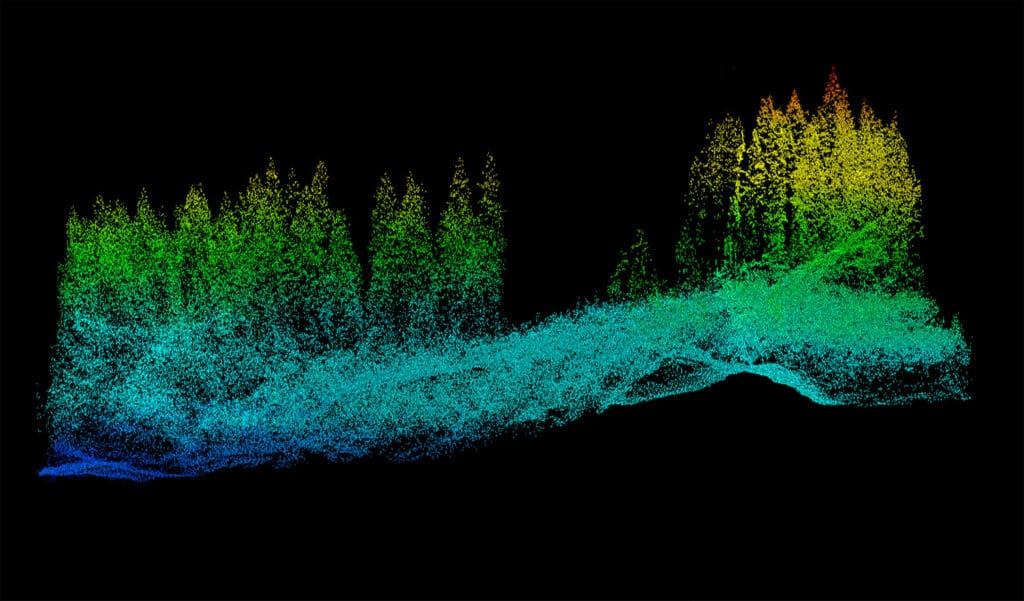
In image below please note the difference in point cloud density between the two collection
methods. Simply put, AERIAL lidar misses valuable stem and branch information while SLAM
lidar lacks the ability to create dense point clouds near the tree canopy. The two methods work in tandem. Volatus Unmanned Services has developed efficient collection and processing workflows that effectively combine terrestrial SLAM and aerial lidar data – resulting in the most accurate data and information extraction possible.
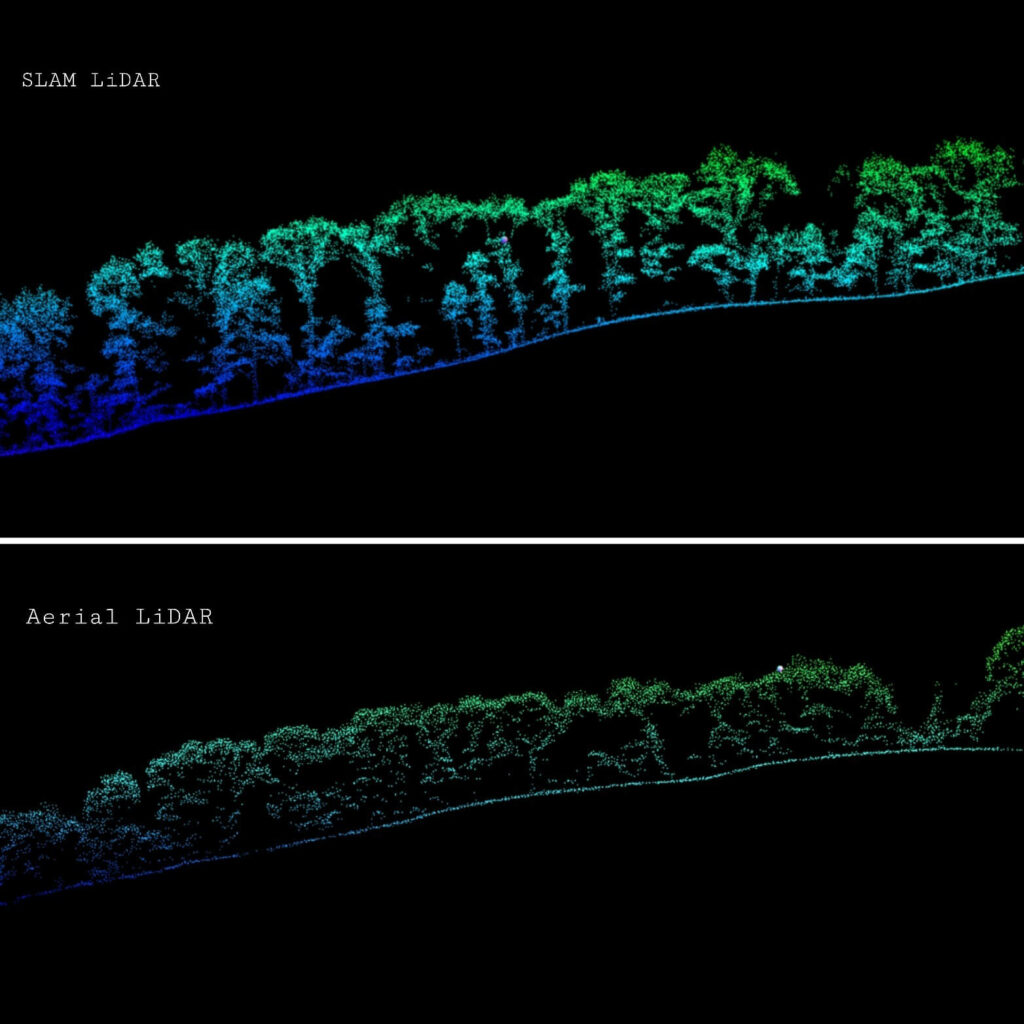
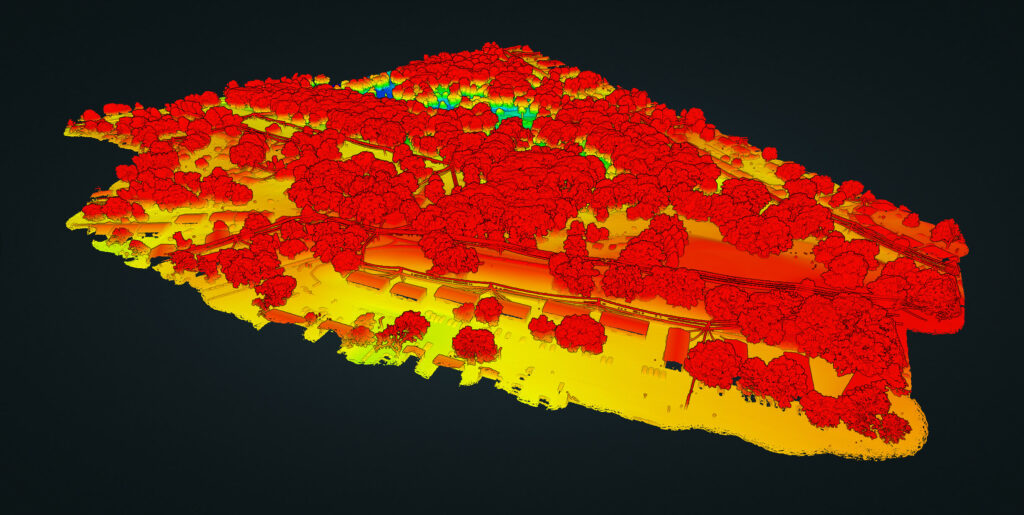
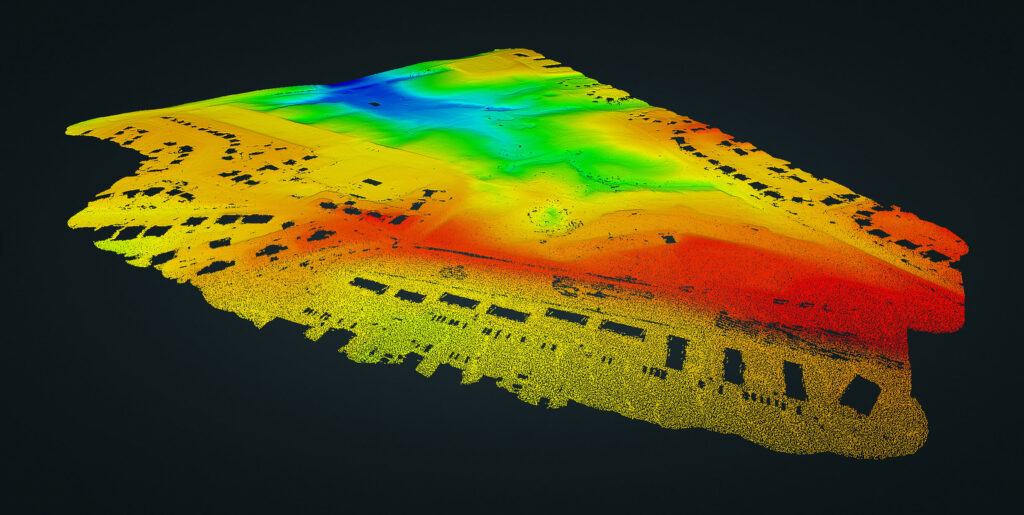
By processing lidar data point clouds into bare-earth digital elevation models, the vegetation is stripped away, revealing past landslides, steep slopes, and other features that may be invisible on aerial images or hard to detect from the ground.
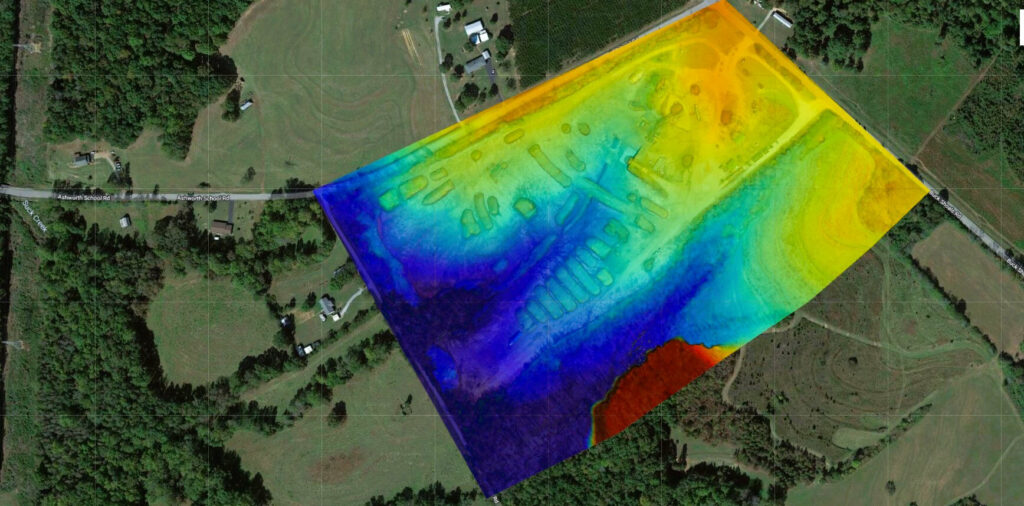
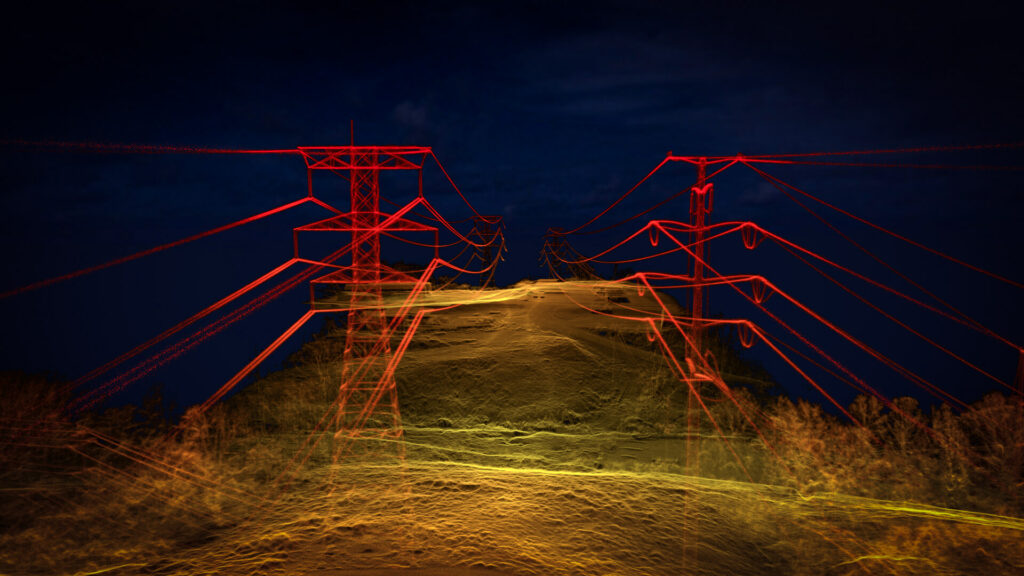
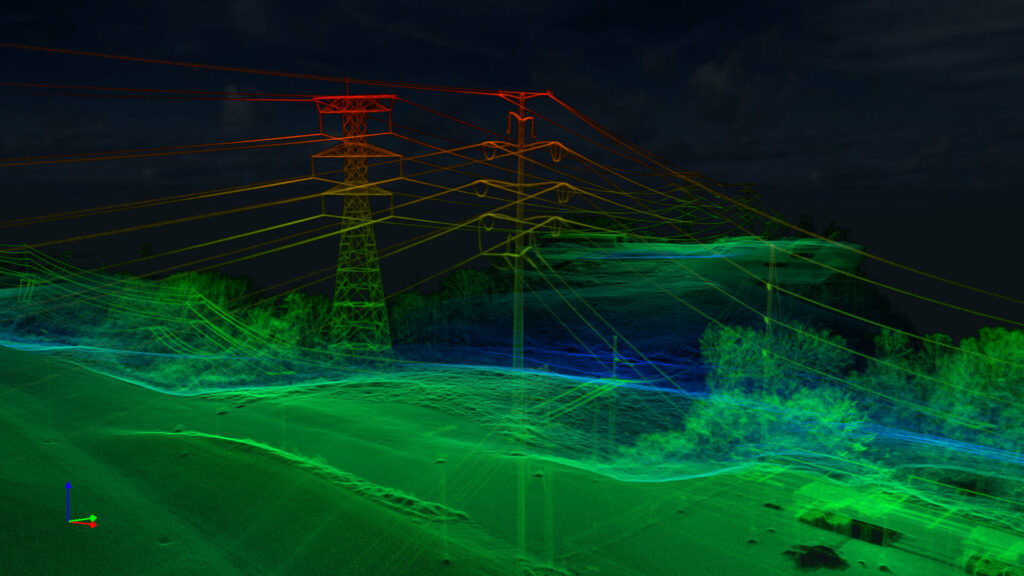
Efficient observation and monitoring methods for large-scale and high-voltage power line networks have become increasingly important to stay up-to-date with line maintenance and upkeep. Power networks can be easily monitored using lidar technology, and areas of concern can be flagged, ensuring reliable and consistent power transmission. For ongoing monitoring and maintenance of power line networks, lidar can provide invaluable data, including:
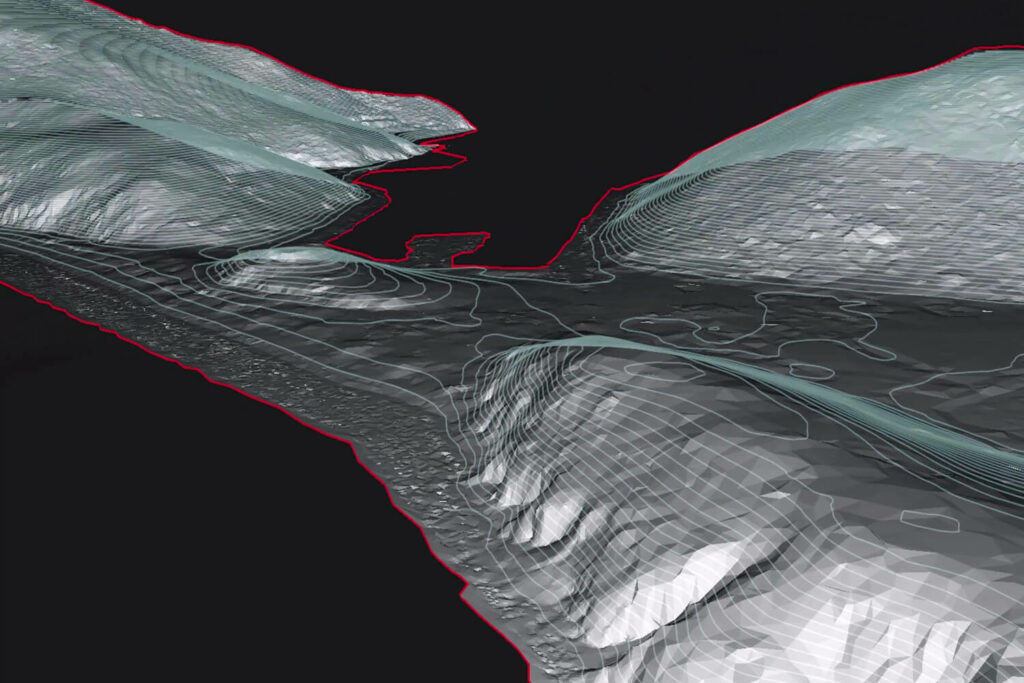
Civil engineers and surveyors often require exact measurements when designing, planning, and assessing the suitability of a potential building site. Lidar can be used to gather the data and information needed to run a project efficiently and smoothly, both on time and within budget. Design surfaces generated by Drone Lidar provide architects and engineers with the most realistic surface representation for them to begin their designs.
Lidar technology can also assist in the design and construction industry by allowing professionals to:
By leveraging the remarkable capabilities of lidar technology in these diverse fields; professionals can unlock unprecedented insights, streamline processes, and make informed decisions for their projects. The widespread adoption of lidar underscores its significant contribution to various industries, empowering professionals to achieve remarkable outcomes.
Find out what you need to know when hiring a drone service, and learn about creative ways that different industries use drones to improve data, reduce risk, and achieve business objectives.